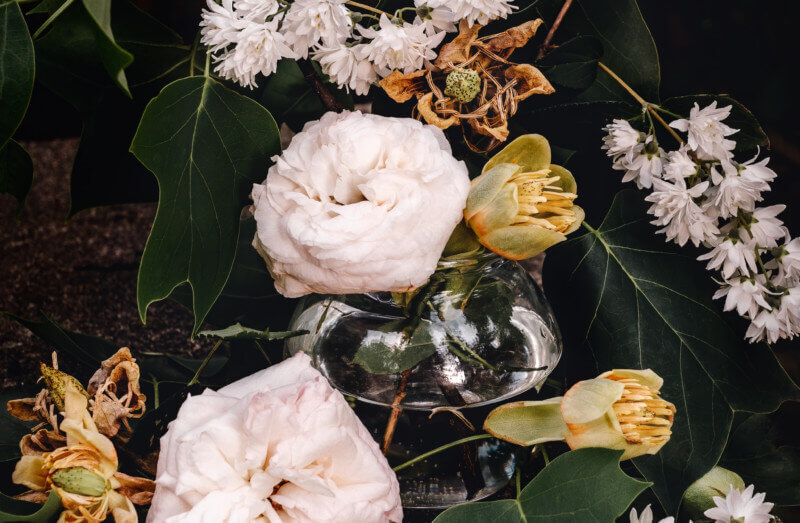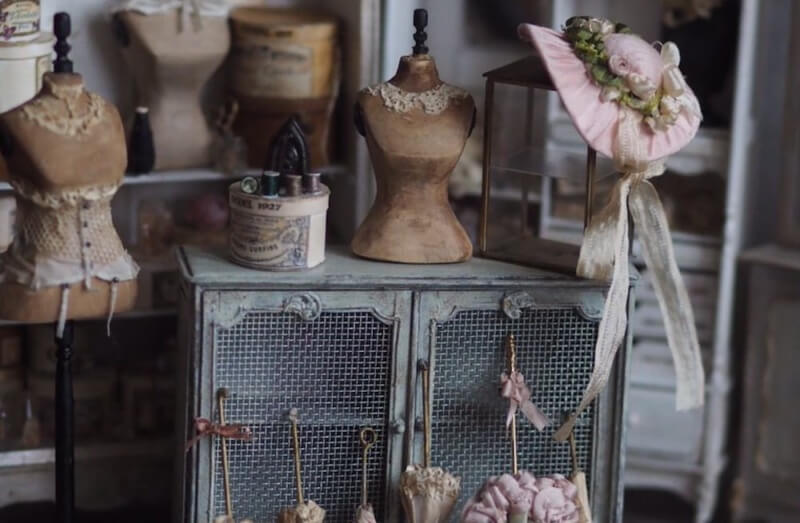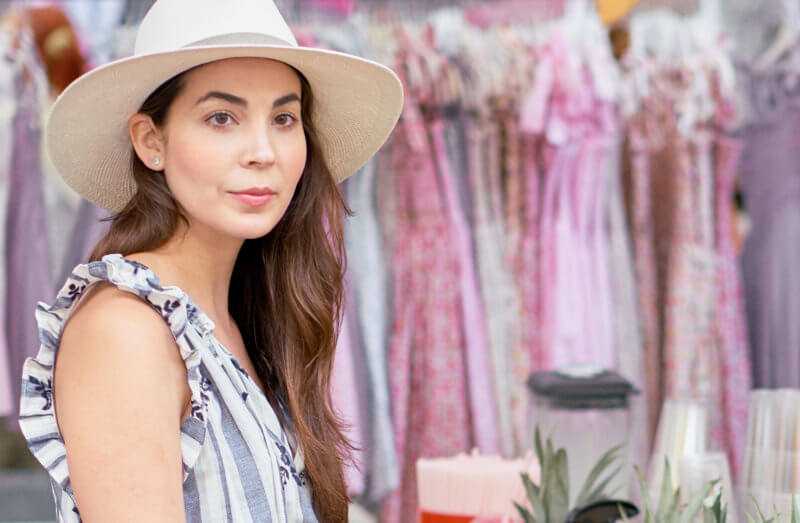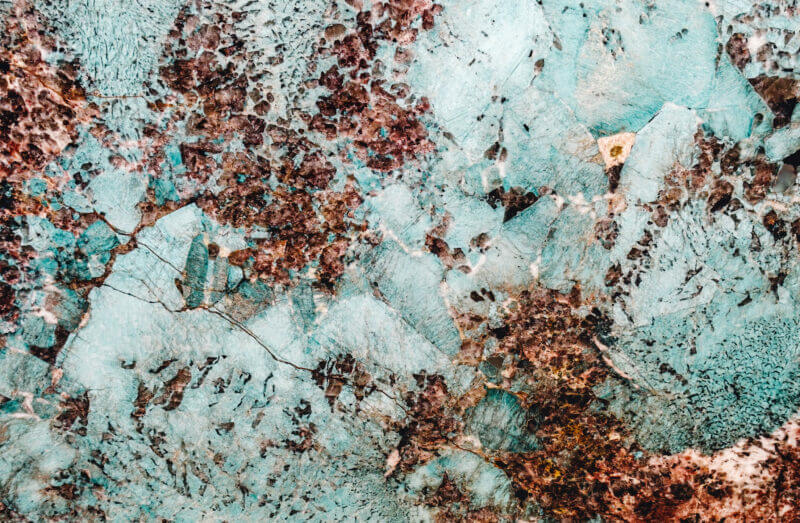
Like my father before me, I have had a love affair for French aesthetics, particularly the whimsical designs and patterns associated with Marie Antoinette. Her love of pastels, hair ornaments, and pastoral leisure, set against the iconic and gilded design of the Palace of Versailles, has made her both accessible and legendary. By far my favorite historical figure, a misunderstood, flamboyant—yet grounded—monarch, I have eaten eclairs outside of her Petite Trianon in homage and spent hours wandering the sculpted lawns in view of the palace. I even got married in the neighboring town — in the music hall of her famous, flirtatious rival, the Madame du Berry.
And yet, everything I’ve read about Marie is that, deep down, she yearned for a rural, peaceful life. The quiet of tending sheep. The hamlet, hidden away in the woods. Normality. So it’s no wonder that upon reading about her private garden, designed and completed only years before her imprisonment during the French Revolution, that it was a design made for quiet solitude. Wandering. Meandering. A place to become lost in beauty. This is also what I look to nature for: a place to hear my thoughts, to meditate on motivations of the heart, and breathe into the present. This garden design makes her human and a lover of beautiful flowers. Who could fault her for that?

What surprised me most about this plot, however, was not the expense, nor that it was being replanted all these years later. No, what struck me most was Marie Antoinette’s favorite tree: the tulip poplar. The French aristocracy spent tons of money bringing exotic plants to decorate their gardens, to tease their court with magnificent smells, and to showcase the power of the French empire. And yet, this modest plant, a tree that I noticed in the backyard of my childhood home but two years ago, lives here with me in New Jersey — a decidedly different place than Versailles.
Marie Antoinette’s favorite tree, to her an exotic specimen to be cherished and planted across the world, is one that I’ve taken for granted in my own backyard.

Since learning this, I look at this tree differently, paying it the respect I think it’s due. Not because it has been reframed for me as a tree of royalty (okay, well maybe a little of that), but because it is a beautiful tree. Perhaps I’ve taken it for granted; the yellow cups, the pin-straightness of its trunk, or the shelter it provides for so many small birds. To think, all this time, I yearned to be closer to Marie Antoinette’s aesthetic, and yet, I grew up with a piece of it all along.
Note on the photography: I put together these photographs of the flowers in my yard that I think Marie Antoinette would have loved. The tulip poplar flower in different life cycles represents the renewal of her garden after all these years, her death, iconic youth, and the seed of the design being reborn for us to enjoy once more! The Pride of Rochester flowers reminded me of the fringe flowers in her garden design, and, as I always associate Marie with soft, pink roses like the one in this iconic painting of her, I included those as well!




